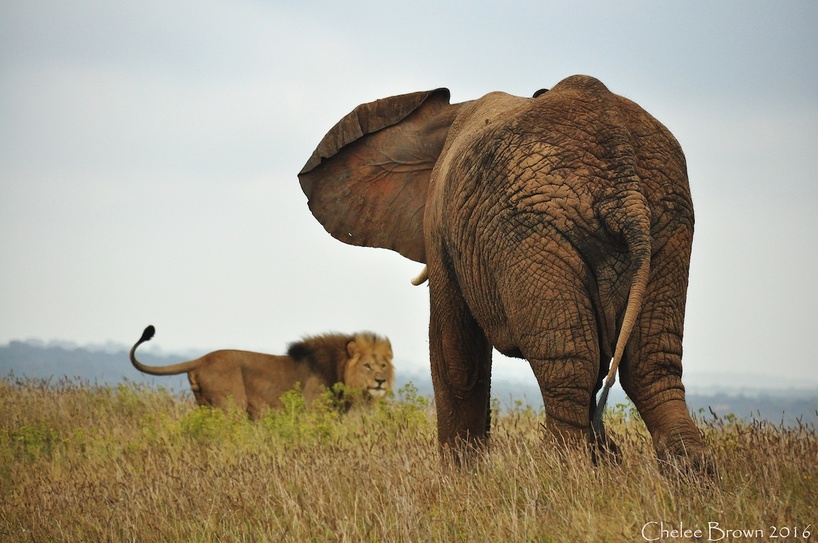
The study’s authors go on to suggest that elephants in certain regions with high population densities may significantly affect the foraging opportunities of other grazers and that these close living quarters may have long-term effects on the overall fitness of other animals. But when the elephants were near, rhinos restrained themselves and consumed more grasses. Without elephants around, the rhinos ate more diverse plants, such as succulents and woody shrubs. The researchers found that resource use was clearly separated by season, and rhinos munched on different grasses depending on whether or not the elephants were present. The scat was collected at times of the year when rhinos and elephants ate in the same regions, and then again when only rhinos grazed in the areas (in the absence of elephants). In a study published in the science journal PLOS One in 2013, researchers from Australia and the Center for African Conservation Ecology took a close look at elephant and rhino scat across different seasons to identify the types of plants each herbivore was eating. ©From the video “Black Rhinos Confront Lions, Elephants in a Three-Way Standoff,” Nat Geo Wild It may have to do with competition for food.Ī single, adult male lion can kill a young elephant-a fact which elephants know quite well. Rhinos are quite commonly killed by elephants, particularly young bull elephants. Just as elephants and lions have some animosity toward each other, so do elephants and rhinos. Some weak, injured and old rhino adults have reportedly been killed by the felines, but rhino calves are the main targets. Lions are also the natural predators of rhinoceroses, even though they rarely attack adults. The experience and leadership of these older elephants often save their followers’ lives. If they hear recordings of male roars, the older elephants are more likely to usher their herds into defensive formations. In fact, in a 2011 study, researchers found that older matriarchs-the females who lead elephant herds-are more mindful than younger matriarchs of the threat posed by male lions. The elephants are highly aware of this reality. Male lions are effective killers: a single male can overpower a young elephant, and just two males could take down an adult. ©JULIAN MASON, flickr Elephants and lions But they are still critically endangered. Since then, the species has made a tremendous comeback to more than 5,000 today. In 1995, the world had less than 2,500 black rhinos. For example, elephants are no friends of lions, who, aside from humans, are the only predators powerful enough to kill an elephant.Īnd that’s why you’ll find the video footage below so surprising.

Since all of the Big Five are megafauna that sometimes compete for scarce resources in the same territory and that daily play out the predator-prey drama, you can imagine why not a lot of love is lost between these species.

Its kinder, more modern meaning indicates seeing the Big Five-not shooting them-during an African wildlife safari. Then, it referenced the animals-Cape buffalo (or African buffalo), elephants, leopards, lions and rhinoceroses-that trophy hunters considered to be the most challenging and dangerous to hunt on foot. The term Africa’s Big Five means something quite different today than it did when it was coined in the late 1800s during the continent’s colonial period. Here, you can see Africa’s Big Five: Cape buffalo, leopards, lions, rhinoceroses and elephants. Kenya is world-renowned for its abundant wildlife, most of which can be found in national parks and reserves.


 0 kommentar(er)
0 kommentar(er)
